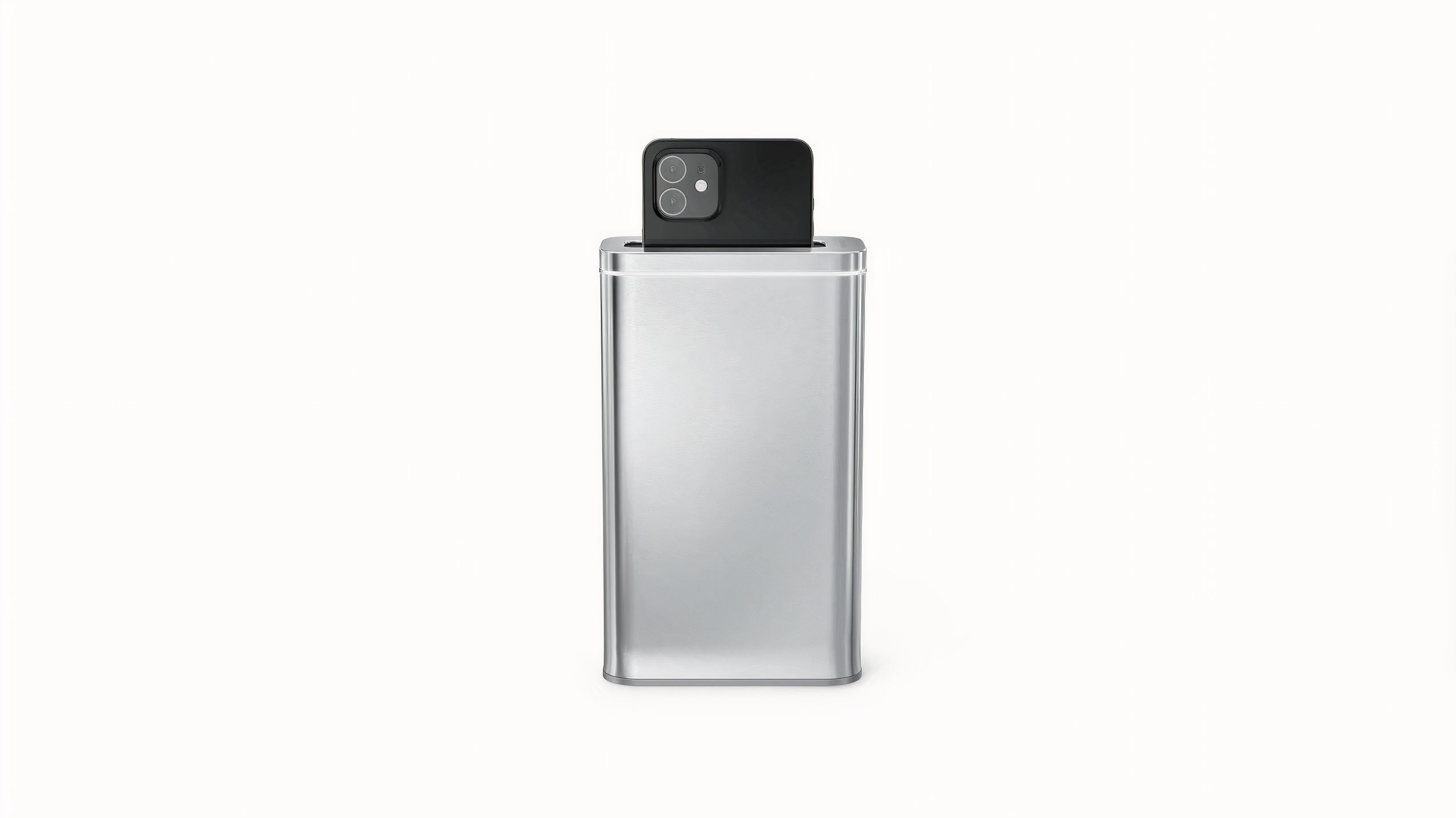
Key Takeaways
- An IP68 rating only means a device can be submerged to shallow depths for around 30 minutes.
- In the shower, try to keep IP68-rated devices away from the showerhead or high heat.
- For swimming, it’s better to choose depth-rated products over a device with an IP68 rating.
There’s a lot of confusion out there about how water-resistant devices are, including everything from smartphones and headphones through to smartwatches. And it’s no wonder — tech companies want to play up any protection they have, or at least reassure people that their product won’t break in drizzle. It’s also a little cumbersome to explain what IP ratings are without going into fine print.
They’re important to understand, though, if you’re specifically planning to get your gear wet. IP68 is often the toughest rating you’ll see on consumer electronics — but does that mean something can survive daily showers, or laps in your community pool?
What does IP68 mean?
It’s important to know the limits of IP ratings
IP is short for “ingress protection,” and refers to an industry standard overseen by the International Electrotechnical Commission. The digits on the end are actually two separate classifications — the first number indicates dust protection, while the second one designates water resistance. As a rule, the higher each number goes, the better. You’ll sometimes see an “X” in place of a number, which means a category hasn’t been tested.
IP68 products can be submerged in water, but usually just to shallow depths for a short time.
In this case, the 6 denotes that a device is completely dust-tight — nothing solid should be able to get in. The 8 means that a product can be submerged in water, but usually just to shallow depths for a short time. The iPhone 15 for example can be submerged in 6 meters (about 19.7 feet) of water for up to 30 minutes. Typically, a device needs to survive below 1 meter for 30 minutes to qualify.
Is IP68 ok for swimming or taking a shower?
Err on the side of caution when it comes to IP68 devices
Let’s start with the problem of showers. The answer here is “potentially” — while IP68 products aren’t rated against high pressures and temperatures, some shower speakers have that rating, or even just IP67– like the JBL Go 3 . You’ll probably be fine as long as you don’t keep a device directly under the showerhead or crank up the heat.
The safest thing to do is leave electronics on the bathroom counter unless they’re explicitly intended to be submerged, such as most Apple, Polar, and Garmin watches. Even then, try to avoid getting soap or shampoo on them, and use water-lock modes when available.
Swimming may also be possible, but you’ll be limited to the surface or a few meters down, and you shouldn’t be swimming that long — 30 minutes or less. Since high concentrations of chlorine or saltwater could eat through water seals, it’s preferable to limit swimming to purpose-built products, which usually have an ATM, EN13319, and/or ISO 22810 rating for going deep. The Apple Watch Ultra 2 for instance has an ISO 22810:2010 resistance rating to 100 meters (328 feet), as well as an EN13319 scuba rating to 40 meters (131 feet). You can take it in the ocean without trouble.
An overriding issue is the effects of long-term exposure. Repeated liquid encounters accelerate seal erosion, so it just doesn’t make sense to expose most IP68 products to water unless it’s unavoidable. Save your phone’s water resistance for when it really counts, like a heavy rainstorm or dropping it in a fountain.







